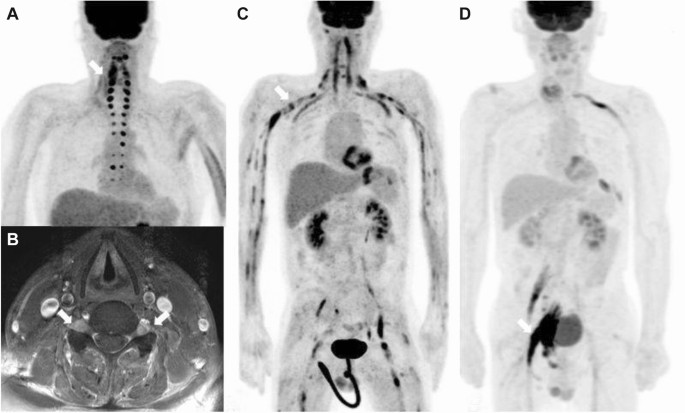The word "tremor," which is derived from the Greek words for "shake"motion," is commonly used to refer to the uncontrollable trembling associated with essential tremor (ET) – a condition which can be brought about by a number of different conditions and illnesses – including multiple sclerosis, Parkinson's disease, post-traumatic stress disorder, extreme anxiety, stroke, cardiac arrhythmia, kidney or liver disorders, and thyroid disease. However, this definition has led many scientists to wonder if there are indeed several different types of tremor.
In a number of cases, the symptoms that we refer to as "tremor" are actually secondary to one or more of the primary types of tremor. For example, when patients suffer from multiple myeloma, or multiple sclerosis, they may also experience bouts of seizures and agitation. In addition to the types of symptoms that these patients have, it is also important to keep in mind that each of their disorders and conditions affects the way that their nervous system responds to their surroundings. This means that not all of these types of neurological disorders is necessarily included in the description of "tremor."
If you think you have primary tremor, however, you should be aware of the various types of tremor that may exist in your body. These include: primary focal tremor, secondary focal tremor, primary neuroglymphomatous tremor, secondary neuroglymphomatous tremor, and generalized seizures. Each of these types of tremor is different from each other and is treated differently, but the good news is that they are all treatable and managed by the same medical professionals – in most cases, neurologists.
The primary focal tremor, or PST, is typically characterized by a single episode of involuntary jerking and shaking that occurs either regularly or infrequently. Patients with PST often find that they are extremely fatigued, have difficulty concentrating or staying on task, and may find that they have difficulty focusing on an object when their eyes are closed.

Secondary neuroglymphomatous tremor is characterized by episodes of muscular spasms in muscles and joints that may spread throughout the entire body
It is characterized by involuntary muscle contractions, as well as by involuntary contractions of facial muscles. This is an extremely painful type of tremor. Patients with secondary neuroglymphomatous tremor can often feel tingling, numbness, and/or a tingly feeling in the hands and feet.
Patients with primary neuroglymphomatous tremor are often also able to walk, and even drive, at a normal pace when their muscles are relaxed and without help. They can also drive a car or operate heavy machinery with only mild discomfort, without the need for medical assistance.
The primary neuroglymphomatous type of tremor is often confused with a neurological condition known as focal dystrophy, which is often mistaken for primary neuroglymphomatous tremor. However, it is very rare for people to develop dystrophy, and there are many cases where people with both neuroglymphomatous and focal dystrophy experience exactly the same symptoms. Because of this, it is important to consult a physician who specializes in treating patients with neuroglymphomatous and focal neuroglymphomatous tremor.
When trying to determine which type of tremor you have, you should keep in mind that there are a number of different tests that can determine if you have the particular type of tremor that you're concerned about. Some of these tests include physical examinations, neuropsychological tests, and neurological imaging procedures. In addition, it's important to understand what signs and symptoms you should look for in order to be able to correctly identify the tremor that you suffer from. In addition to having the proper diagnosis, you will also want to be able to determine a treatment plan for your specific tremor so that you can continue with daily activities while dealing with your disorder.